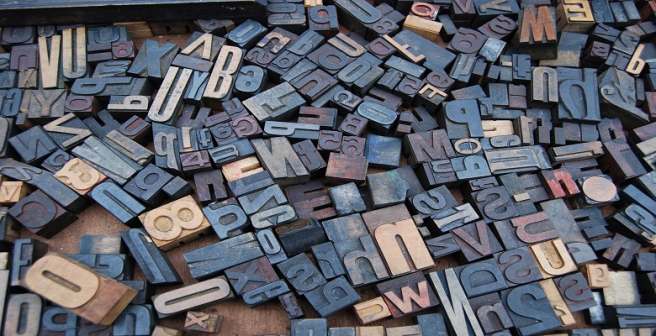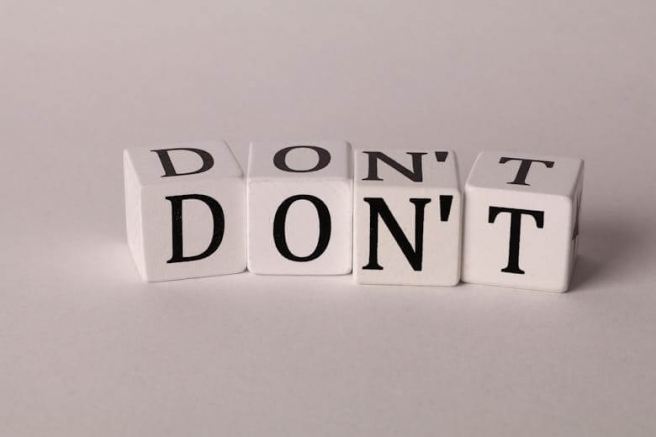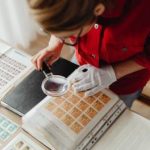Six ways to avoid plagiarism in research papers

Imagine how upset you would be if someone uses the technique you had developed after years of patient work and publishes a paper based on the technique mentioning neither your name nor the original paper you wrote that describes the technique. That somebody is a thief in that the author used your ideas without acknowledgement. Plagiarism applies the same logic not only to ideas but to the choice and arrangement of words or even to figures and tables, which are often part of many research papers. Under intense pressure to publish, some academics and researchers resort to plagiarism: they put together a paper – with or without any research to back it up – by searching for a few papers on a given topic and copying entire paragraphs from them and pasting them into a new document, which eventually becomes a paper they submit to a different journal, different from any of the journals that had published the papers on which the new paper is based. This is an extreme case but plagiarism happens even more frequently on a smaller scale: in agricultural research, for example, a researcher conducts an experiment on rice virtually identical to the experiment somebody else had conducted on wheat. And instead of describing the methods in his or her own words, the rice researcher simply copies the relevant section from the paper on wheat and pastes it into the paper being written on rice. That too is plagiarism—which is becoming increasingly easier to detect as research publishing becomes almost entirely digital.
Following this brief explanation of what plagiarism is – essentially, ‘borrowing’ pieces of text published elsewhere and incorporating them into your article without any indication that you have done so – this short article mentions different types of plagiarism and offers some tips on how to avoid it in your work.
Types of plagiarism
Plagiarism is not restricted to words alone: inserting without attribution a diagram or even a photograph taken from elsewhere is plagiarism, as is using others’ ideas or methods. What is unethical is not borrowing itself but borrowing without attribution or without acknowledgement. After all, science is essentially built bit by bit, by researchers who add to or advance the work of their peers, both present and past.
Plagiarism can be categorized by
- source (and self-plagiarism is one such category)
- the degree of plagiarism (verbatim plagiarism involves copying the original text word for word, whereas scattered or ‘mosaic’ plagiarism refers to copying small pieces of text that occur throughout the body of a research paper)
- type of content plagiarized (copying an image or any form of illustration, a table, an equation specifically developed by another researcher, etc.)
- intention or absence of it (plagiarism is intentional when the person who commits it does it knowingly or unintentional when the person is unaware of what constitutes plagiarism), and so on.
It is not the precise type of plagiarism that matters: different authorities have categorized it differently and into varying number of categories; avoiding it is what is more important. Here are some ways to avoid plagiarism.
- Allow ample time for writing and revision. The most common reason why many academics resort to plagiarism is that it is quicker to copy and paste than generating fresh text. Writing is not only hard but also slow. Remember that many journals routinely check every new manuscript for plagiarism and if yours is rejected on that ground, you have lost valuable time. Make every effort to use your own words when making notes and refer to those notes rather than the original as you write your first draft (after all, you can always turn later to the saved original for cross-checking).
- Use quotation marks and give the source. Perhaps the easiest way to avoid plagiarism is to make it clear that the block of text is not what you wrote but is a direct quotation. And that is why you have not only provided a citation but also enclosed it within quotation marks. For example, “read complicated texts—especially PhD theses produced at UK universities . . . they are likely to be written in good academic English” (Anikina 2021). When you do this, ensure that the extract is reproduced exactly, word for word. Also, check that the original punctuation, italics if any, and spelling are retained.
- Paraphrase the original text in your words and cite the source. Remember that rephrasing somebody else’s idea with proper attribution is not plagiarism; however, you need to express the idea in your words. Do not keep the original in front of you as you write, because it will make it difficult for you to think of alternative words and alternative ways of constructing sentences. Using your words is not easy, which is why you need to read widely, going beyond technical journals and textbooks. Most important, ensure that the sense of the original is not distorted while paraphrasing.
- Read widely on many topics and read good writers. Make a conscious attempt to increase your vocabulary by reading on a variety of topics. Read books written by authors known for the quality of their writing, which will help you absorb a variety of sentence constructions; that variety and a richer vocabulary will help you paraphrase easily and effectively. The time you spend on reading is not wasted: it is good investment that will pay dividends later.
- Record the bibliographic details of sources accurately. Citing a source is a simple way to avoid plagiarism, but you must have the correct details of each source that you cite. Although tracing original papers is a lot easier now, it is also easier to make mistakes while copying or transcribing. Always cross-check all the citations and references.
- Conduct a plagiarism check on your manuscript. If you are not very confident of your ability to write or paraphrase sentences effectively, you could seek plagiarism-check services. These will help you determine if your manuscript has any sections that will be considered plagiarized and thus take appropriate and timely action. For example, Editage’s Scientific Editing Service, which is designed to offer high-quality language and developmental editing, includes additional benefits such as unlimited rounds of plagiarism check for 12 months.
Plagiarism is unethical and can jeopardize your research career. Do not be tempted to take shortcuts: due diligence will pay you in the long run.










